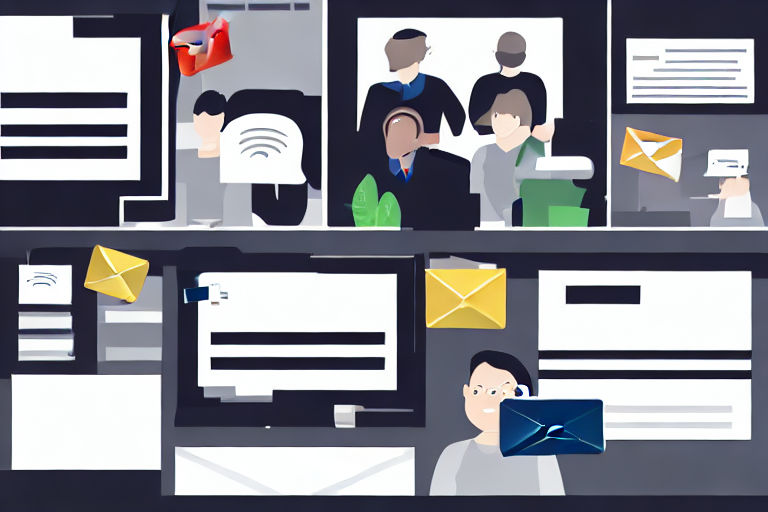5 Common Mistakes to Avoid in Your Confirmation Emails
Confirmation emails, also known as order or transactional emails, are an essential part of any online business. They serve as a way to confirm a purchase or a sign-up and typically contain details of the transaction, delivery details, and next steps. It's crucial to get them right as they are an extension of your brand and can impact the customer's experience with your company.
In this article, we’ll cover the five common mistakes that you should avoid when creating your confirmation emails.
1. Failing to personalize the email
Personalization is key in confirmation emails. It shows your customers that you value them, and they are not just another number on your list. Including their name, specific purchase, and other relevant details can make your customer feel appreciated and valued. Avoid using generic messages as it doesn’t give the customer a sense of connection or interest in their needs. Make sure to include unique elements that will connect with the customer on a more personal level.
2. Not being clear about the next steps
One of the primary purposes of a confirmation email is to provide the customer with the next steps they need to take. Failing to include this crucial information can lead to confusion and frustration, which can cause you to lose customers. Make sure to include specific details, such as the expected delivery date, tracking information, or any action required on their part.
3. Making the email too complicated
Many companies make the mistake of making the confirmation email too complicated. Adding too many elements or information can create confusion and even overwhelm the customer. It’s essential to keep the email simple and straightforward, making it easy for the customer to understand and take action.
4. Not optimizing for mobile
With more and more people using their phones to shop online, it's crucial to optimize your confirmation emails for mobile devices. Make sure the email design is responsive, making it easy to read and navigate on a small screen. Avoid using elements that don't work on mobile, such as large images or complicated design elements. By optimizing your emails for mobile, you'll provide a better customer experience
5. Not including a call-to-action
Providing a clear call-to-action (CTA) in your confirmation email is essential. A CTA is an action you want the customer to take after receiving the email. Avoid using generic phrases such as "Read More" or "Click Here." Instead, use specific and actionable language, such as “Track My Order,” or “Download Now” which provides customers with tangible reasons to take action. By providing a clear CTA, you can drive more engagement and increase customer satisfaction.
Conclusion
Creating confirmation emails that meet these five common mistakes is the foundation of a solid approach to customer care. When your confirmation emails provide a personal touch, clear direction, simplicity, and functionality, you leverage confirmations emails as an essential part of your customer service efforts. Keep it focused, clear, concise, and to the point, and you’ll surely see an improvement in customer satisfaction and engagement.




